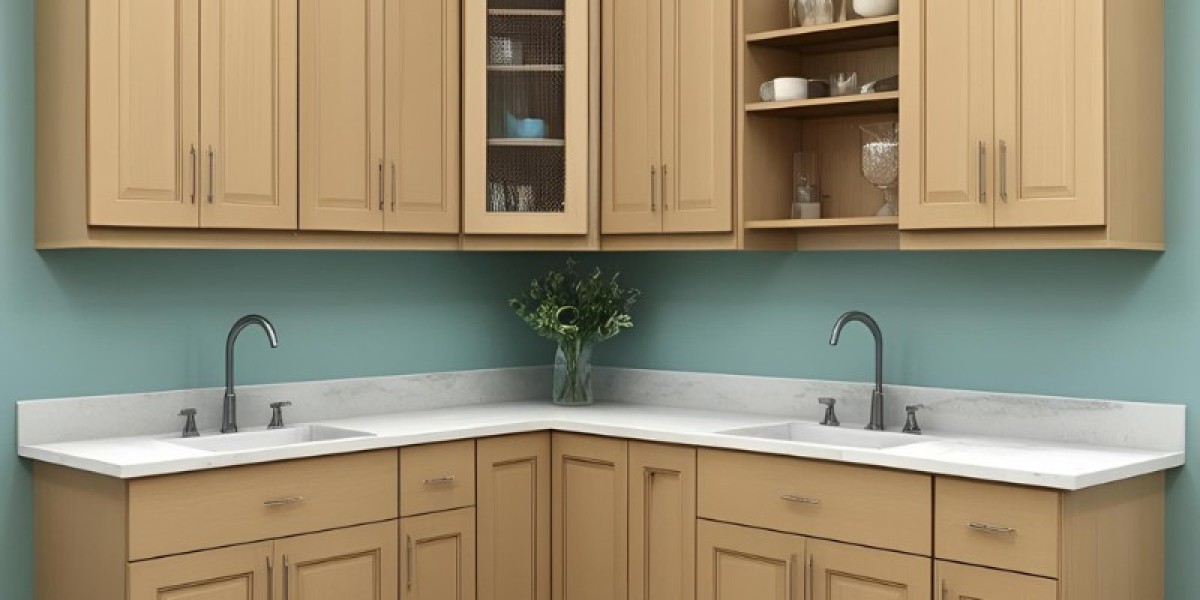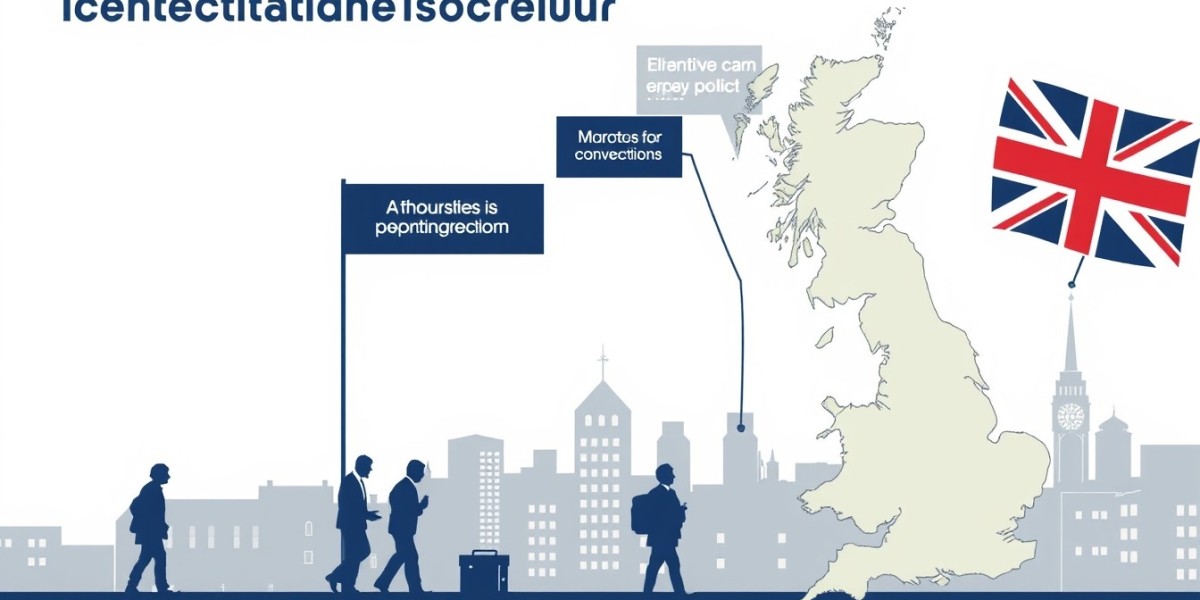In the world of custom cabinetry and millwork manufacturing, precision is everything. From design to delivery, even the slightest inaccuracy can lead to costly mistakes, wasted materials, and delayed timelines.
At the heart of this precision lies a critical component: cabinet shop drawings. These detailed, dimensioned drawings serve as the blueprint for CNC (Computer Numerical Control) cutting machines, translating design intent into exact physical components.
When cabinet shop drawings are accurate and well-prepared, they enable CNC machines to perform with exceptional precision, minimizing human error, ensuring seamless assembly, and maintaining consistent quality across every piece.
In this article, we explore how the accuracy of shop drawings directly influences the performance of CNC cutting and why investing in detailed drafting pays off in every stage of the cabinetmaking process.
Understanding CNC Cutting in Cabinet Manufacturing
CNC cutting plays a big role in modern cabinet manufacturing. CNC stands for “Computer Numerical Control.” It means that machines are controlled by computers to cut materials like wood, MDF, or plywood with high accuracy. This technology has changed how cabinets are made, making the process faster and more exact.
In the past, cutting wood for cabinets was done by hand. This took a lot of time and sometimes led to mistakes. With CNC cutting, designs are first made using special software. These designs are then sent to the CNC machine, which follows the exact measurements to cut each piece. This reduces errors and waste.
One of the biggest benefits of CNC cutting is its precision. Every cabinet piece is cut exactly the same, which is very important when making many cabinets or custom designs. It also saves time, as the machine can cut multiple pieces quickly without stopping.
CNC cutting also helps in creating complex shapes and designs that would be very hard to make by hand. This allows cabinet makers to offer more stylish and modern looks to customers.
In short, CNC cutting is a smart and efficient way to produce cabinet parts. It improves quality, saves time, and helps cabinet makers meet customer demands easily. As technology grows, CNC cutting will continue to play a key role in the cabinet manufacturing industry.
What Are Cabinet Shop Drawings?
Cabinet shop drawings are detailed plans used to build cabinets for kitchens, bathrooms, offices, or any custom furniture project. These drawings act like a blueprint, showing how the cabinet will look, how it will be built, and what materials will be used.
These drawings include exact measurements, types of wood or other materials, hardware like handles and hinges, and how each part of the cabinet fits together. They show views from the front, top, and side, and often include 3D views too. This helps everyone involved — like carpenters, designers, and clients — understand the final product before building begins.
Cabinet shop drawings are very important in custom furniture projects. They reduce mistakes and save time by giving clear instructions. For example, if a kitchen cabinet needs to fit into a corner, the drawing will show the right size and shape so it fits perfectly.
These drawings are usually made by drafters using computer software like AutoCAD or Cabinet Vision. Once the drawings are complete, they are sent to the client or architect for approval. After approval, the carpenter or cabinet maker uses them to start building.
In short, cabinet shop drawings help turn design ideas into real, usable cabinets. They are a key part of making sure the final product is correct, beautiful, and functional. Without them, the building process can become confusing and full of costly errors.
Link Between Shop Drawings and CNC Precision
Shop drawings play a key role in achieving precision with CNC (Computer Numerical Control) machines. These detailed drawings act like a guide, showing exactly how parts should be cut, shaped, or assembled. They include accurate dimensions, material types, hole placements, and other important details.
When creating items like cabinets, furniture, or millwork pieces, even a small mistake in size can cause big problems. Shop drawings help avoid these mistakes by providing clear instructions that match the final product. CNC machines follow digital instructions to cut materials with high accuracy, but they can only be as accurate as the data they receive. If the shop drawing is incorrect, the CNC machine will also make mistakes.
Good shop drawings are made using CAD (Computer-Aided Design) software. These digital files can be directly used by CNC machines, making the process faster and more reliable. There’s no need for manual measuring or marking, which reduces human error.
Benefits of Accurate Shop Drawings for CNC Cutting
Accurate shop drawings are essential for CNC cutting, offering numerous benefits that improve both the efficiency and quality of the production process. CNC (Computer Numerical Control) machines rely on precise instructions to cut, shape, and assemble materials. When the shop drawings are accurate, the CNC machine receives clear, error-free guidelines, which directly impacts the final product.
One of the key benefits is increased precision. With accurate shop drawings, the CNC machine can follow the exact measurements and details, reducing the chances of mistakes or errors. This precision results in a higher-quality end product, which is especially important for complex designs or custom items.
Another significant advantage is time savings. When the drawings are clear and correct, the CNC machine can operate more efficiently, reducing setup time and the need for rework. This leads to faster production and fewer delays in the manufacturing process.
Accurate shop drawings also contribute to cost savings. By preventing errors and rework, manufacturers can save on materials and labor costs. Additionally, the consistent quality ensured by precise drawings reduces the risk of defective parts, minimizing waste and reducing the need for costly corrections.
Overall, accurate shop drawings are crucial for optimizing the CNC cutting process. They enhance the quality of the product, speed up production, and help save money, making them an indispensable part of modern manufacturing.
Common Errors in Inaccurate Shop Drawings
Inaccurate shop drawings can lead to costly mistakes and delays in construction projects. Some common errors include incorrect measurements, missing details, and poor coordination between different trades.
One of the most frequent mistakes is inaccurate measurements. Even small errors in dimensions can cause parts to not fit properly, resulting in delays and the need for costly rework. It's essential for drafters to double-check all measurements and use the correct scaling.
Another common issue is missing or unclear details. Shop drawings are meant to provide clear guidance for the fabrication and installation of components. If important information, such as material specifications, finish details, or assembly instructions, is left out, it can lead to confusion and mistakes during production or installation.
Poor coordination with other trades is also a significant error. For example, if millwork shop drawings don’t align with architectural or structural drawings, it can result in conflicts between different elements of the design. It's important to ensure that all trades are on the same page and that the drawings reflect any changes made during the project.
Lastly, failing to review and revise drawings before final submission is another common mistake. Shop drawings should be thoroughly checked for accuracy, completeness, and clarity to avoid errors during construction.
By addressing these issues, the chances of producing accurate shop drawings increase, helping ensure a smoother construction process and preventing costly mistakes.
The End Note
In the world of custom cabinetry and millwork, precision is paramount. The accuracy of cabinet shop drawings is crucial in ensuring that CNC cutting machines can perform at their best, translating design intent into perfectly crafted components. Well-prepared and accurate shop drawings provide the detailed instructions that CNC machines need to produce high-quality, consistent parts with minimal error.
By eliminating human error, optimizing production time, and reducing material waste, accurate shop drawings are essential for achieving the highest standards in cabinetmaking. They play a vital role in streamlining the manufacturing process, saving costs, and delivering a superior product to the client. Inaccurate drawings, on the other hand, can lead to costly delays, rework, and defects, underscoring the importance of precision in the drafting phase.
Ultimately, investing in detailed, accurate cabinet shop drawings not only ensures CNC cutting precision but also enhances the overall efficiency and quality of the entire cabinetmaking process. The benefits are clear: improved accuracy, faster production, and cost savings, making it an indispensable part of modern manufacturing.








